Göbekli Tepe: the oldest building in the world
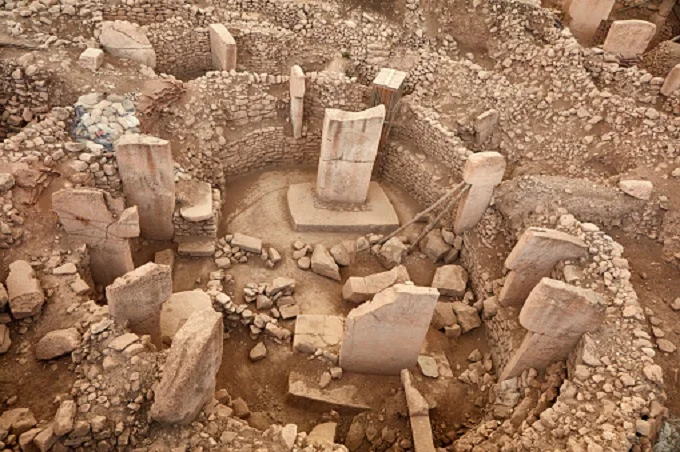
It’s hard to say for sure which building is the world’s oldest. In the deep Stone Age, some huts primitive stone or clay homes were constructed far earlier. But, at best, only the foundations of these buildings survived. So we’re talking about the world’s oldest megalithic building and the world’s oldest temple complex. As stated, Göbekli Tepe is now the oldest significant structure, which is also well maintained and has not been completely looted.
Göbekli Tepe is much older than all
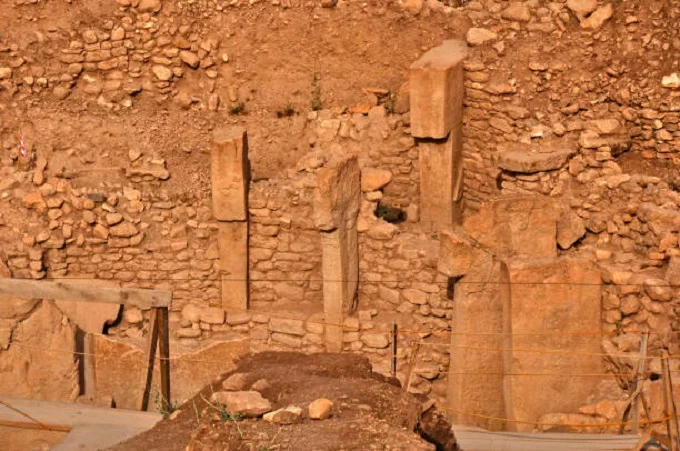
The Göbekli Tepe complex’s name translates to “Potbelly Hill,” which scientists first found in the early 1960s. For over 30 years, no one paid attention to the artifact, which was considered another Byzantine burial. Overall, this isn’t horrible, but it’s also not outstanding. However, in 1994, hands, shovels, and other items continued to reach the hill, and it became evident that the archaeologists were in for something extraordinary.
At least 20 structures make up the huge temple complex. The oldest component of the complex, which dates back to the 10th millennium BC, was constructed over many years. This is 6-7 thousand years before the Stonehenge or Cheops’ pyramid creation.
Although Göbekli Tepe is not as large as the Giza Pyramids, it is nevertheless a megalithic building with complex construction. Individual components, such as 6- to 10-meter columns, may weigh up to 50 tons.
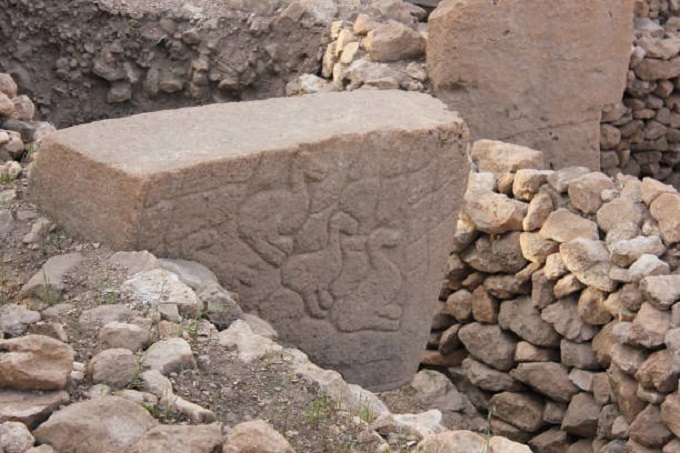
Drawings and symbols engraved on stone blocks and the columns themselves are remarkable in addition to weight and geometry. There are several pictograms and regular representations of different members of the local species. This may be proto-writing, or perhaps true writing, badly preserved.
Monolithic columns are put in niches carved out in the rock in the excavated portion of the complex. Stone walls join the columns, which create circles or ovals. Stone seats and stone carvings of wild boars and foxes were discovered along the walls within.
Excavations are now taking place in only 5% of the complex’s total area. Only four structures have been excavated, and geophysical investigations indicate that at least sixteen more remain underneath.
The ground itself, which must be mined, is equally impressive. It was discovered that the pre-temple complex had lost its importance by the beginning of the VIII millennium and that it had been purposefully buried rather than abandoned. As a result, it has been kept in great (archaeological) condition. It’s unclear who buried it or why. In reality, according to renowned scholars, all knowledge regarding Göbekli Tepe is preliminary, and excavations are expected to take at least 40-50 years.
Göbekli Tepe was built about 12 thousand years ago
One hundred and twenty centuries equals twelve thousand years, a very long period. However, it happened so long ago that it contradicts the official history, which claims that there were not yet adequately established groups of people capable of constructing such buildings at the time. The last ice age ended about this time, and primitive hunter-gatherer societies were transitioning to agriculture and an established way of life.
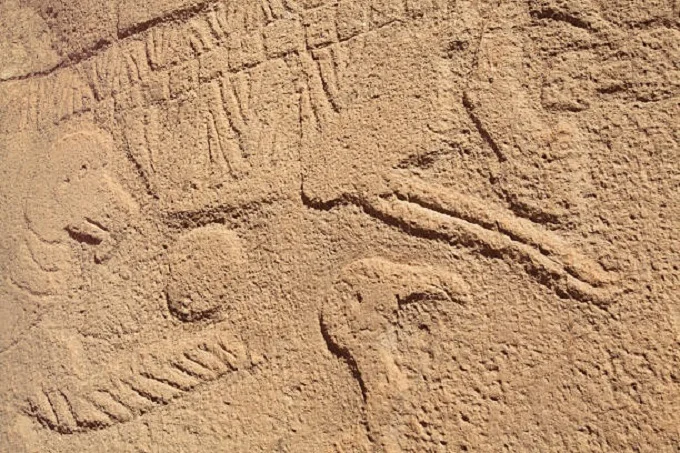
We’ll have to go a bit further into history here, but just by a thousand years. So, 13 thousand years ago, the earth emerged from the ice period that had previously been reported. The glaciers receded, the average temperature climbed swiftly, and forest lands were reclaimed. Our forefathers and mothers adapted to new, more advantageous circumstances. Everything seemed to be going well until a worldwide calamity occurred, delaying the waking for another fifteen hundred years.
There are two primary hypotheses: one that is dull and the other that is fascinating. According to the first, a massive amount of cold water flowed into the seas due to the melting of the Laurentide ice sheet, which was located on the territory of Canada and the United States.
As a consequence of this occurrence, the average temperature dropped once again, and this time rather swiftly by such standards. We’re just talking about a few decades here, during which the glaciers re-expanded dramatically. In addition, the Laacher See supervolcano in Europe erupted 12,950 years ago. Laacher See now stands in its place (Germany). A fifty-meter covering of volcanic ash and pumice
enveloped the neighboring lands. Smaller particles made it to Italy. An explosion of this magnitude might contribute to the overall cooling of the planet and the reversal of the waking process.
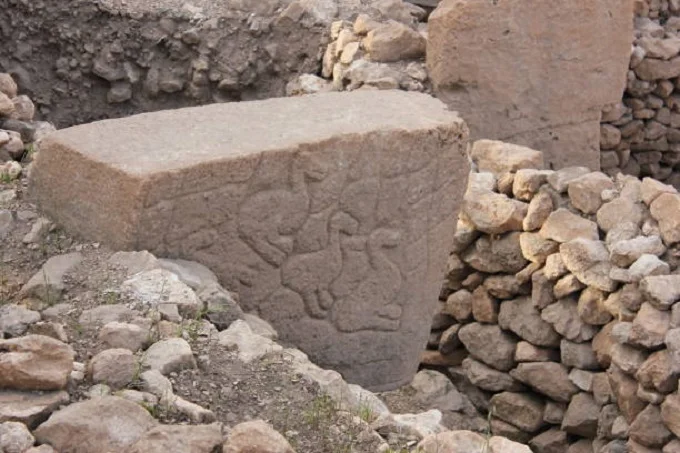
The second possibility, known as the cometary hypothesis, refers to a considerably greater event. It’s evident from the name that we’re talking about a comet or other massive astronomical body colliding with the earth. Unfortunately, there is inadequate evidence for this idea, and what is provided may be interpreted in various ways depending on the intended outcome. As a result, the idea was pushed to the margins, becoming a symbol of conspiracy theories and a target of mockery. It’s hardly unexpected that this is the case. For example, in his book “Fingerprints of the Gods,” famed conspiracy theorist Graham Hancock describes the fall of a comet that destroyed much of the trees on all continents. For millennia, these flames burned, spewing massive volumes of ash into the skies. Other free explorers discover evidence of a massive blow in the ocean’s depths.
Nonetheless, something similar may occur—perhaps without the need for gods or a thousand-year-long fire. Local remnants of the fall of relatively minor celestial years may be detected in numerous areas on the earth. Such remnants may be found in Canada, Chile, South Africa, Greenland, Syria, and perhaps many more countries. All of these strikes happened about 12-13 thousand years ago, as though a massive celestial entity broke apart as it approached the earth and rained little bits down on it.
The Göbekli Tepe complex also has evidence of this event. In any event, the paintings and symbols on the old temple’s columns may be regarded as celestial bodies, with one of them perhaps depicting a comet’s descent.
Lots of questions about The Göbekli Tepe complex
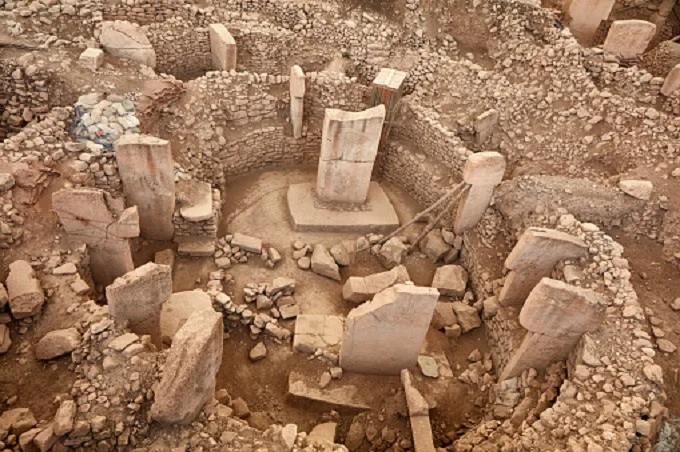
Even if we dismiss conspiracy theories and everything else that isn’t backed up by official science, Göbekli Tepe can pose several serious concerns. First, it may be required to change the previously established timeline and phases of human development, at least in part.
First and foremost, the age of the complex does not correspond to my expectations. It contradicts widely held beliefs. The majority of the stone columns weigh between 10 and 20 tons; however, few are larger. It has been discovered where they were hollowed out, and it is not far from the temple. However, according to our theories, humans had not yet tamed draft animals or moved to a sedentary lifestyle 12 thousand years ago. Transporting such products would need 500-700 persons, but this is unfeasible in the current situation. There are two alternatives here. Either society’s class stratification began far earlier than previously thought, and then the building of such temples under the direction of a single individual, some leader, became conceivable. Either civilization arose far earlier, probably even before the ice era, and existed throughout.
Excite the imagination, as well as the pictograms on the temple walls. Most archaeologists see them as only a collection of regional symbols at the time. However, this might turn out to be the oldest style of writing, in which case a great deal will have to be redone clearly and completely. The Sumerian cuneiform is now regarded as the oldest writing; however, it is just 4-5 thousand years old, and we’re talking about 12 thousand years here!
Finally, who and why did Göbekli Tepe become covered on earth? It was a difficult task that needed a significant amount of time and, most importantly, many working hands. If someone, like a warrior, wished to cover the temple of some unpleasant deity from the people’s gaze, this complex would be destroyed. As a result, they were covered for a different reason. Perhaps they just hid from this “certain conqueror,” or perhaps they did it on purpose.




